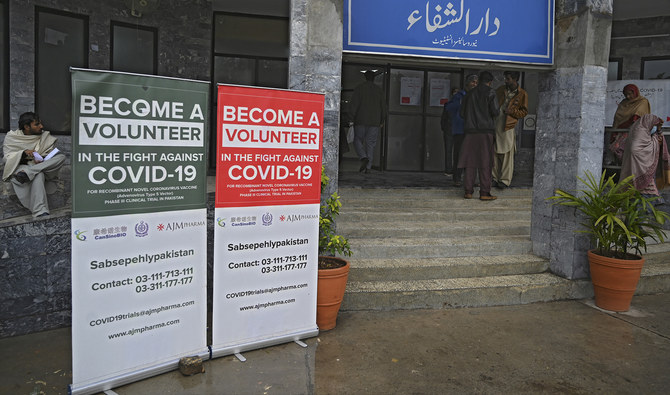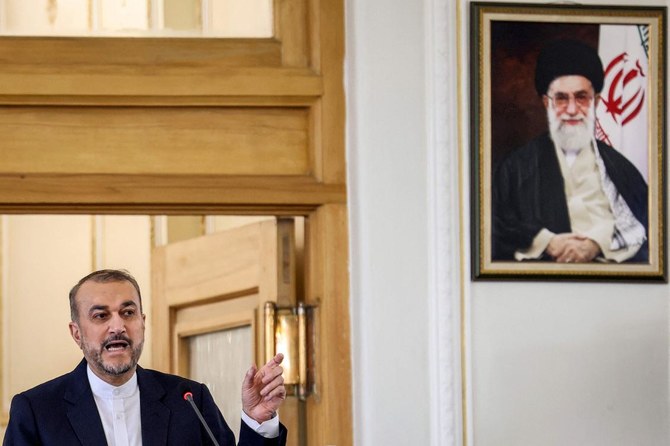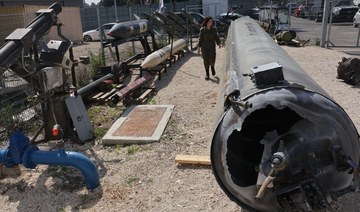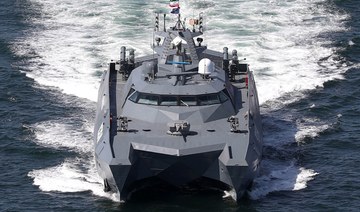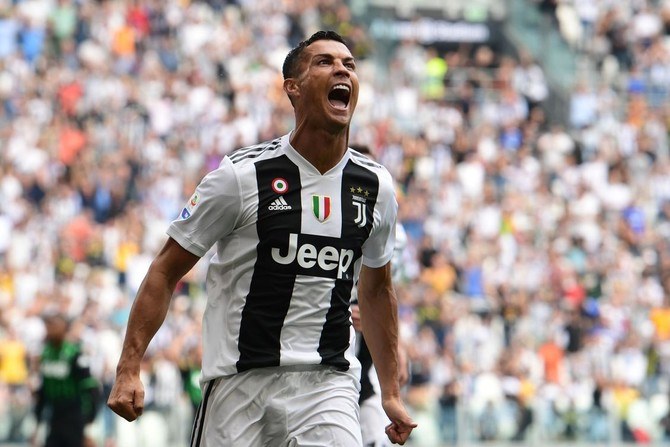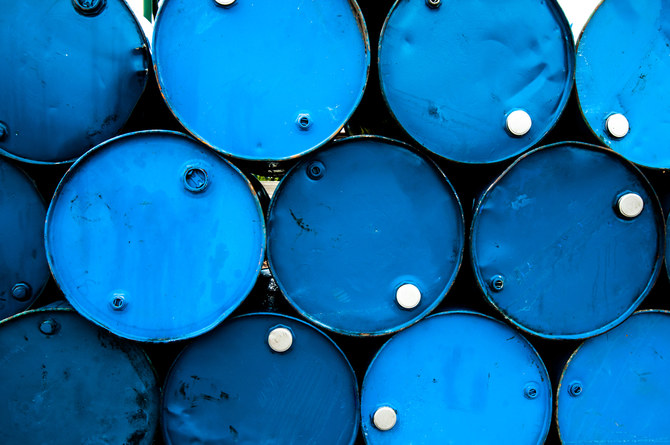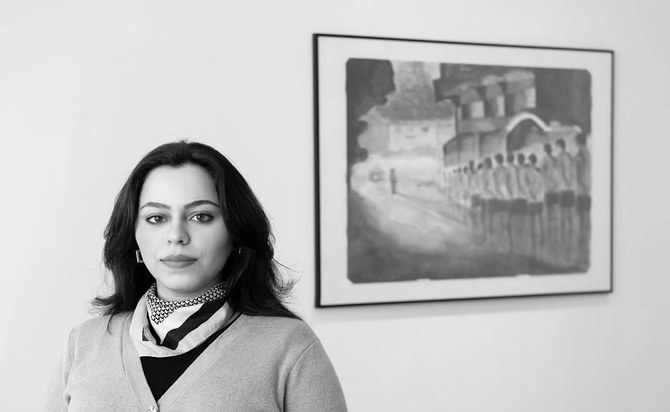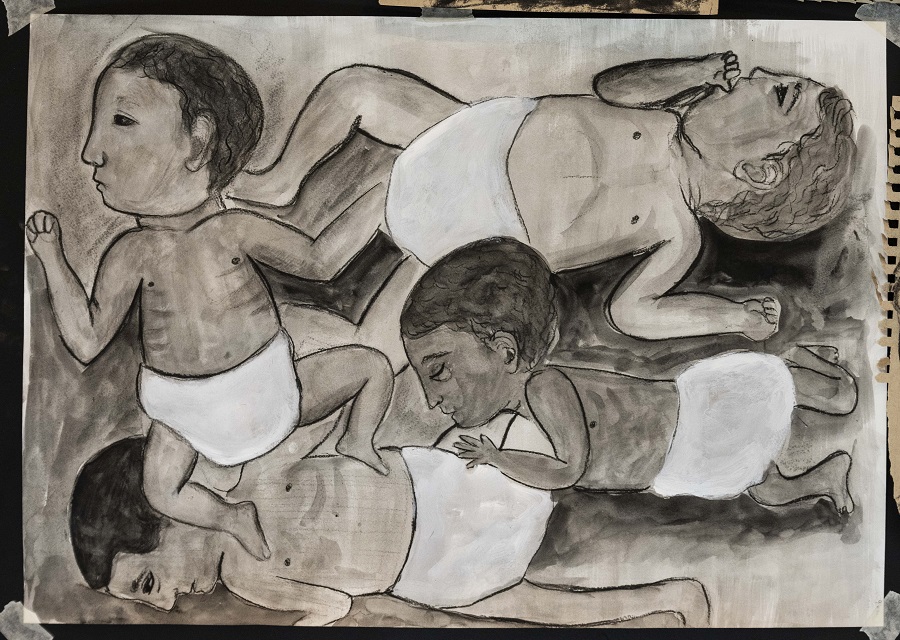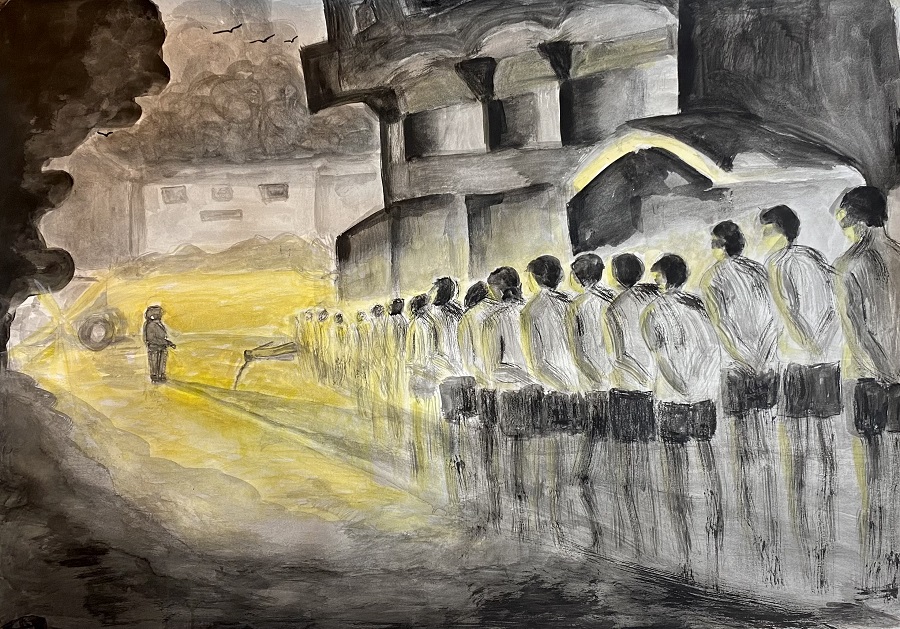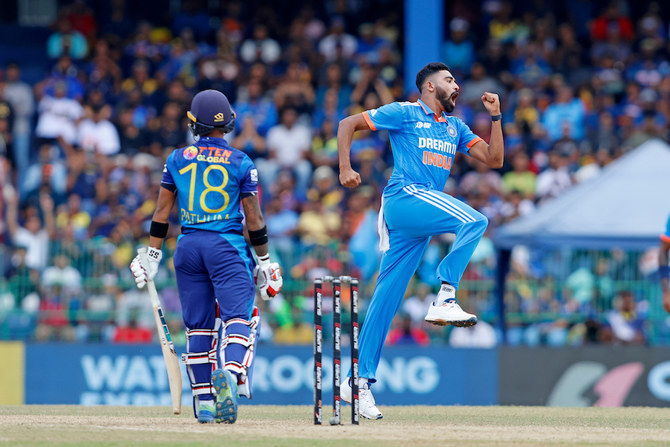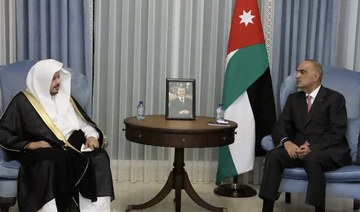MUSCAT: Even to cricket aficionados — sometimes referred to as badgers — the various ways teams can qualify for the world’s major tournaments might appear opaque.
As may the term “badger”. Badgers are known for their tenacity, focus and persistence, qualities which can apply to those who dedicate chunks of their life to the game, its history, statistics, spectating, discussion and administration. This is not a complete list, but it provides a flavor.
A test case for tournament opaqueness is the Asia Cup. Non-badgers can be forgiven if they fail to comprehend the links between the Asia Challenger Cup, the Asia Premier League and the Asia Cup. They all fall under the aegis of the Asia Cricket Council and their existence represents an attempt by the organization to provide a more coherent regime for qualification into the big event — without using the word “qualification.”
The situation was much simpler in 1983, when the ACC was founded with the aim of promoting goodwill between Asian countries. In 1984, the first edition of the Asia Cup was held in Sharjah, where the ACC was based. It was One Day International in format and India won, but then boycotted the 1986 event because of strained relations with Sri Lanka. Strained political relations with India caused Pakistan to boycott it in 1991 event, whilst the 1993 cup was cancelled for the same reasons. Sadly, the ACC’s original aim was sorely tested almost from the outset.
Subsequent tournaments did not fit any regular temporal pattern. It was not until 2009 that the tournament was regularized onto a biennial basis. In 2015, the ACC announced the tournament would be played on rotation between ODI and Twenty20 International formats. Despite the introduction of a group stage to allow a slight expansion in the number of teams, the tournament has normally had only six competitors.
The International Cricket Council’s decision in April 2018 to grant T20I status to all 104 member nations – both men’s and women’s teams - has had far-reaching effects on cricket, including the Asia Cup. The number of countries with teams playing formalized T20 cricket at international level has grown rapidly.
It could be argued that the decision democratized cricket for both men and women. The 50-over ODI format requires a longer commitment and a deeper allocation of resources beyond the means of many of the boards administering cricket. T20 cricket offered a quicker, less resource-intensive route for the teams of associate member countries to test themselves not only amongst their peers, but also against the full members on the pitch. It has become a format for the many, not the few.
However, there remains a huge gulf between funds available to associate members and full members. This situation is exacerbated by the ICC’s decision-making regime which allows very little representation for associates. In the latest, 161st edition of the Wisden Almanack, its editor berates last year’s decision to increase the Board of Control for Cricket in India’s share of ICC’s central funds from 25 to 38.5 percent. It is not as if it needs the funds.
The BCCI argues that, since it brings the lion’s share of revenue into the game, it should be proportionately rewarded. This argument suggests a desire to control other members rather than encourage their development. Wisden’s editor asks: “Is it really beyond the wit of the administrators to distribute cash according to need, not greed?” By way of example, the West Indies cricket board receives just under 5 percent of ICC central funds. No wonder its premier players frequent the game’s franchise leagues.
The views of Wisden’s editor will probably be regarded in cricket’s power circles as a rage against the dying of the light for a previous regime, governed from England. Whilst it is true that regime was as concerned with its own protection as the current one, its idea of spreading the game was somewhat parochial. It is in that context that the ICC’s mission to spread the game should be seen. Now, cricket is not only played internationally in countries which raise the eyebrows of many when the name is mentioned, it is also accompanied by grass roots growth.
Given the recognized closeness between the ICC and the BCCI, whose secretary is also president of the ACC, the motives for restructuring the Asia Cup are worth exploring. If it is accepted that T20I cricket has the potential to provide a more level playing field, at least in terms of recognition of performance to a global standard, then the competitive structures should encourage meritocracy. This does lead to criticism that the breaking of records by associate players dilutes those set by full member players. There was such an example in Oman this week when Nepal’s Dipendra Singh Airee hit six sixes in an over, no mean feat in any standard of cricket.
This achievement will have set off the cricket badgers. One remarkable coincidence is that the umpire at the bowler’s end had also stood on another occasion when six sixes had been struck in an over. The badgers should also reflect on the possibility that the Asia Cup structure made this possible. At the base of the three-tier structure is the Asia Challenger Cup, from which two teams progress to the second tier, the Premier Cup. The winner of that is elevated to the Asia Cup with the full members. The pathway provides every ACC member with a chance to strive for this nirvana.
Yet the structure is not just about merit, it is also about commercial opportunity. Three stand-alone competitions offer the opportunity, it is argued, for each to be marketed separately, thus increasing their commercial potential. The most visible sponsorship at both the Challenger and Premier Cups has been by DafaNews and 1XBet, plus FanCode. This is sponsorship of a highly specific, and in some eyes potentially contentious, nature. Badgers may need to be tenacious in rooting out the relationship between the new Asia Cup structure and its sponsors.



